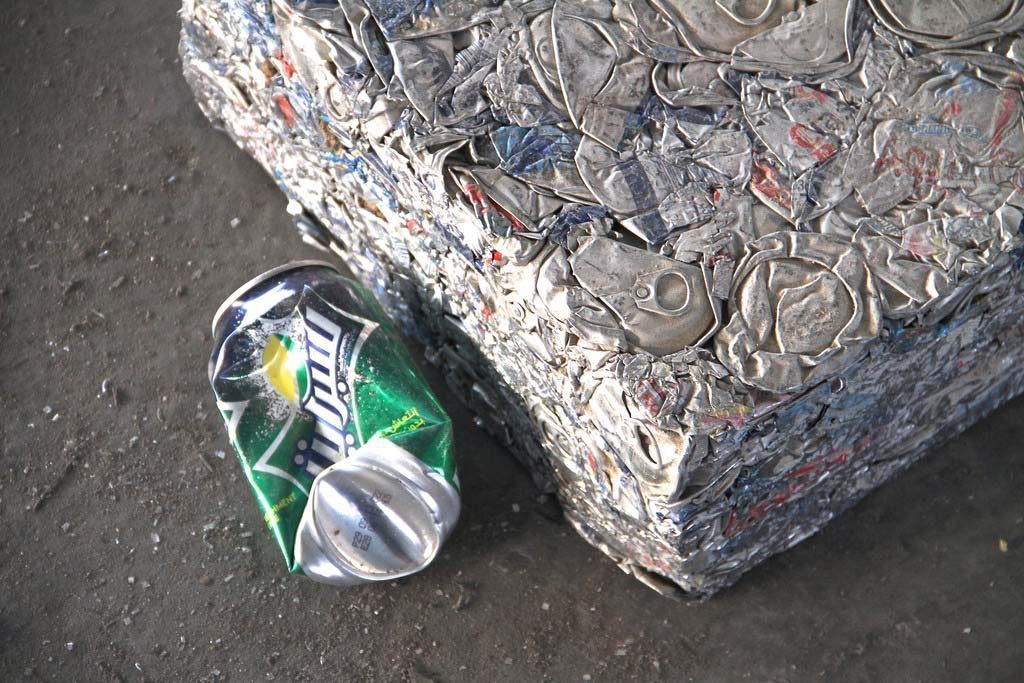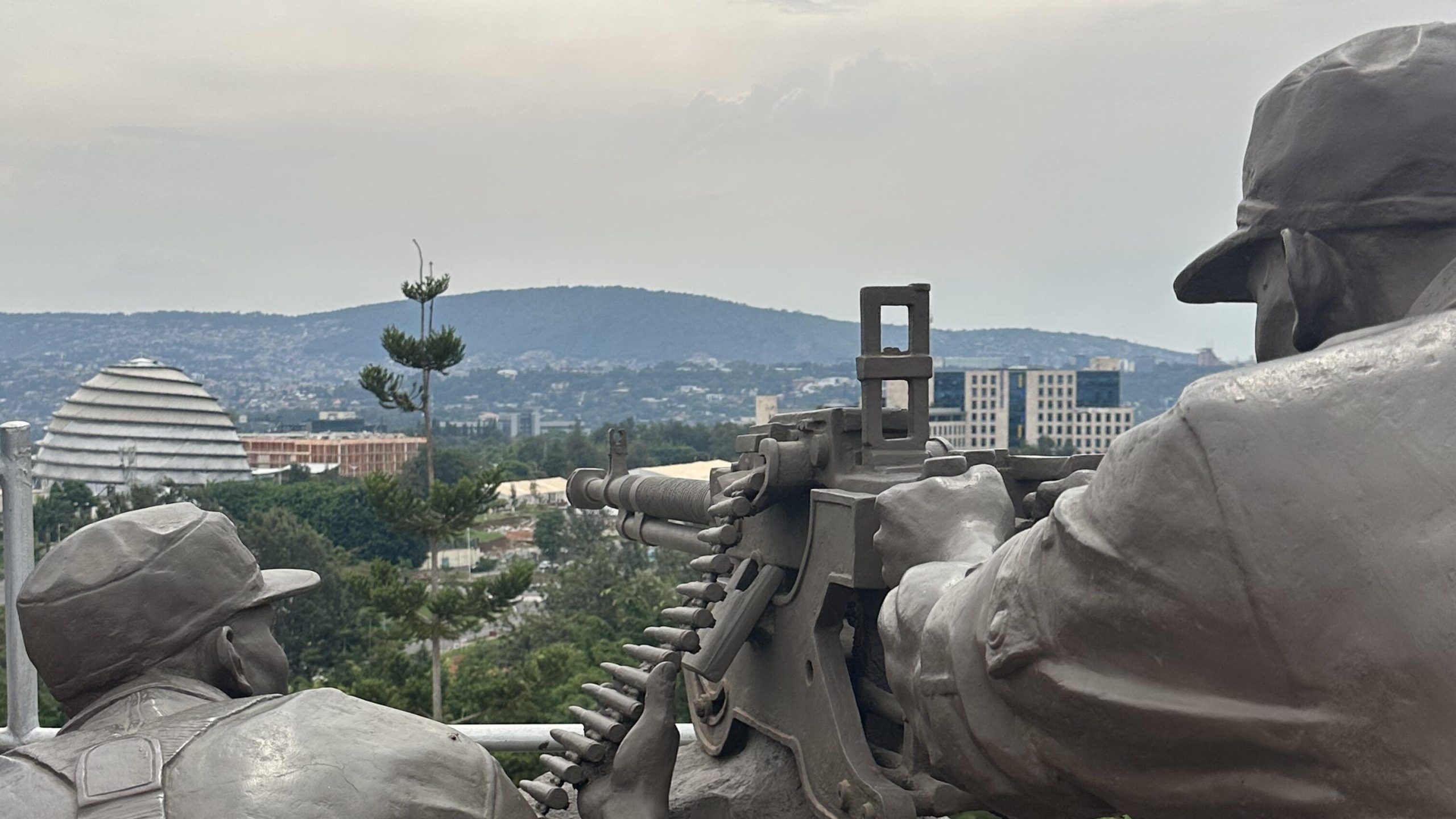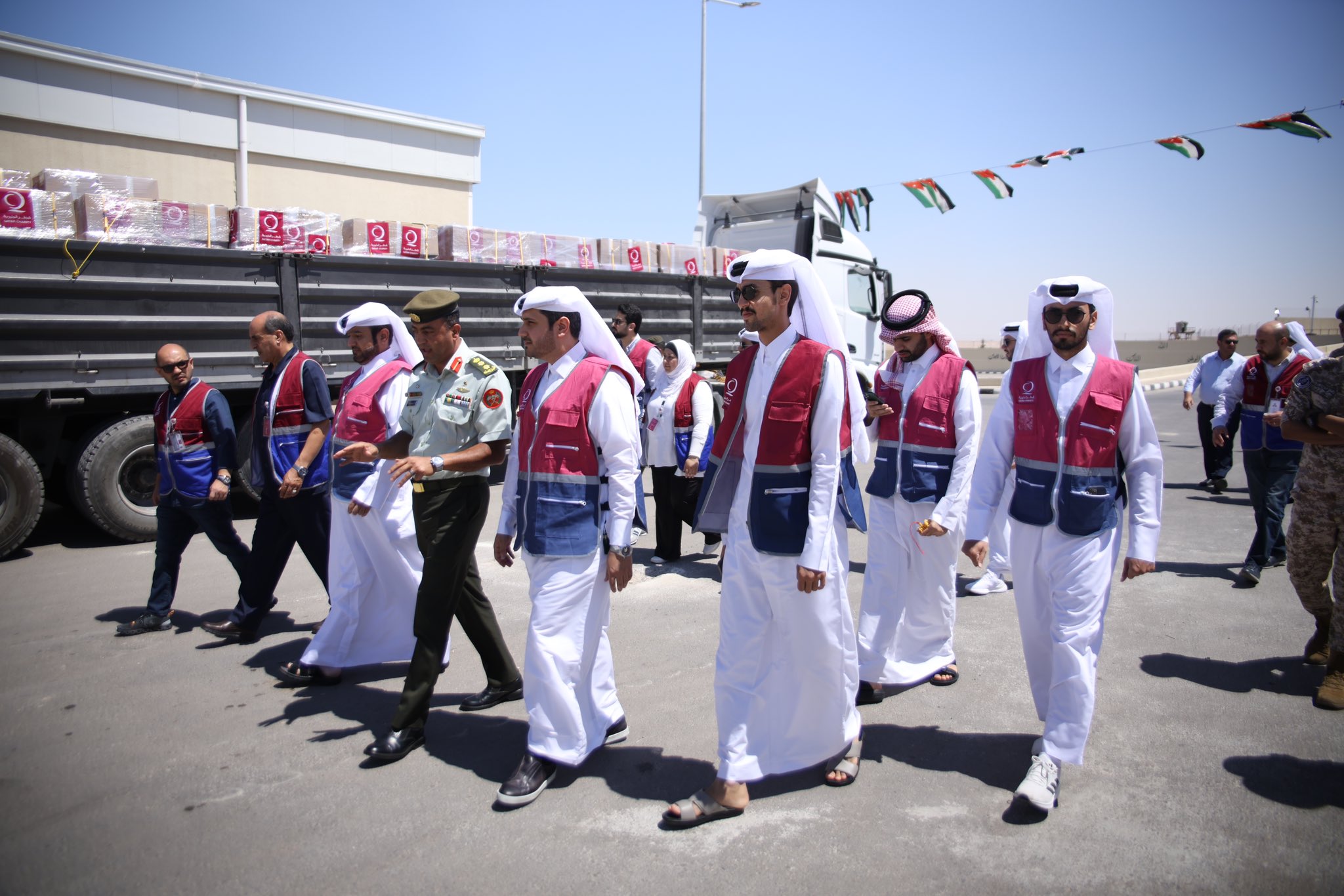
When it comes to environmental issues in Qatar, the nation is grappling with more than just a high carbon footprint.
Other challenges include a scarcity of fresh food and water, new threats to biodiversity and a growing number of landfills potentially containing toxic waste, according to a new series of reports published by Northwestern University in Qatar journalism students.
Speaking to local experts in multiple environmental-related fields here, a team of Advanced Online Storytelling students have recently put together a multimedia website called Qatarvironment, which contains articles, videos and graphics detailing their findings.
Here are some of the topics they explored:
Food and water security
Because only 1 percent of Qatar’s land is farmable, the country depends on imports for over 92 percent of its food. This figure is expected to increase to 95 percent within the next five years, according to figures from the Qatar National Food Security Program (QNFSP).
In the event of an emergency, Qatar has about 90 days of food reserves, but that’s only for the native population – who account for less than 15 percent of Qatar’s 2.2 million residents.
This means that the reserves would likely run out far more quickly than in three months’ time, suggests Jonathan Smith, QNFSP’s senior advisor to the chairman:
“I would sincerely doubt that should there be a true emergency, anyone would be denied access to food. The problem is, however, that if you are planning a dinner for 300,000 and 2.3 million show up, you are going to run out of food much much sooner than you had originally planned for.”
Meanwhile, Qatar has increased its emergency water supply from 48 hours to 67 hours in recent years. But that figure is still less than three days – a problem Qatar hopes to tackle by building five mega reservoirs, a new desalination plant in Ras Abu Fontas and a facility that meets most of its water needs using solar energy.
The water situation closely ties in with Qatar’s ability to produce sustainable farms.
Due the depletion of Qatar’s aquifers, the country relied almost exclusively (99 percent) on desalinated drinking water. Using that water to support large-scale farming is a technological feat that the country still hasn’t worked out, Smith said.
Looking forward, the reliance on food imports is forecast to become more problematic in the coming years, as the expat population grows ahead of the 2022 World Cup. According to Qatarvironment, Qatar simply will not have enough shipping capacity to deal with the imported goods.
However, it appears the government is aware of this, as officials recently announced that the nation’s new port is expected to be completed some 10 years ahead of schedule.
Conservation problems
While scarcity problems will likely need macro-level attention, individuals can also play a part, NU-Q journalism student Aamena Ahmed told Doha News.
“There (are) basically two problems going on: more mouths to feed and more plates to account for. As the population grows, the government is going to have more people to feed and there is really nothing individuals can do about that.
But because of a booming economy, each person doesn’t eat just one proportion – we eat and waste a lot of food, much more than the global average. That is something we can but back on and really try our best to limit how much we eat and how much we waste. If everyone started taking only as much food as they really needed to eat, then I think we would be saving a lot more food supply for the nation.”
Still, individual incentives to conserve are low. While other countries push residents to conserve water through fines, Qatar has been struggling to enforce its mandates about not keeping the porch lights on during the day, or using a hose to wash one’s car.
According to Jim Krane’s report, “Stability versus Sustainability: Energy Policy in the Gulf Monarchies,” the desire to maintain political stability may be one reason why GCC countries including Qatar have avoided forcing residents to conserve their most precious resource:
“Research about the political stability of Gulf countries has shown that there is a correlation between free/cheap utilities and people’s acceptance and support for the government.
‘Gas was used to develop these lightly populated (Gulf) states, providing improvements in lifestyle while shoring up the political legitimacy of ruling families,’ the report states.”
Landfill woes
While Qatar is struggling to avoid a scarcity of food, it has a veritable oversupply of garbage – to the tune of some 28,000 tons of solid waste per day, according to the Qatar Development Bank. A mere 4 percent is incinerated, 3 percent is recycled, and some 93 percent of that is put into landfills.
The problem with this is not just that Qatar will eventually run out of space to put its trash, but also that the government does not strictly regulate what type of waste is dumped into the ground.
For example, Qatar is home to some 11 million discarded tires, said Shayan Barmand, head of operations and business development at Raetex, a company that deals with end-of-life tires here.
The best way to manage this type of waste is to have separate piles for different kinds of tires, but in Qatar, they’re all piled together, Barmand said.
This can lead to tire fires, which are difficult to put out and contribute to pollution. Such waste also pollutes ground water and the earth.

Theoretically, tires can be recycled, but the handful of facilities in the recycling industry here also have to contend with a lack of demand for the repurposed waste. This means they must export it, which can be costly and inefficient.
According to Barmand:
“You can’t just throw all your waste into one area and say ‘oh the next generation is going to deal with it,’” he said. “Sustainability means being responsible enough for the generations after you to be able to live, survive, grow, flourish, and so you have to deal with your waste in a sound manner.”
Read more about these environmental issues, and Qatar’s strategies to contend with them, here.
Thoughts?







